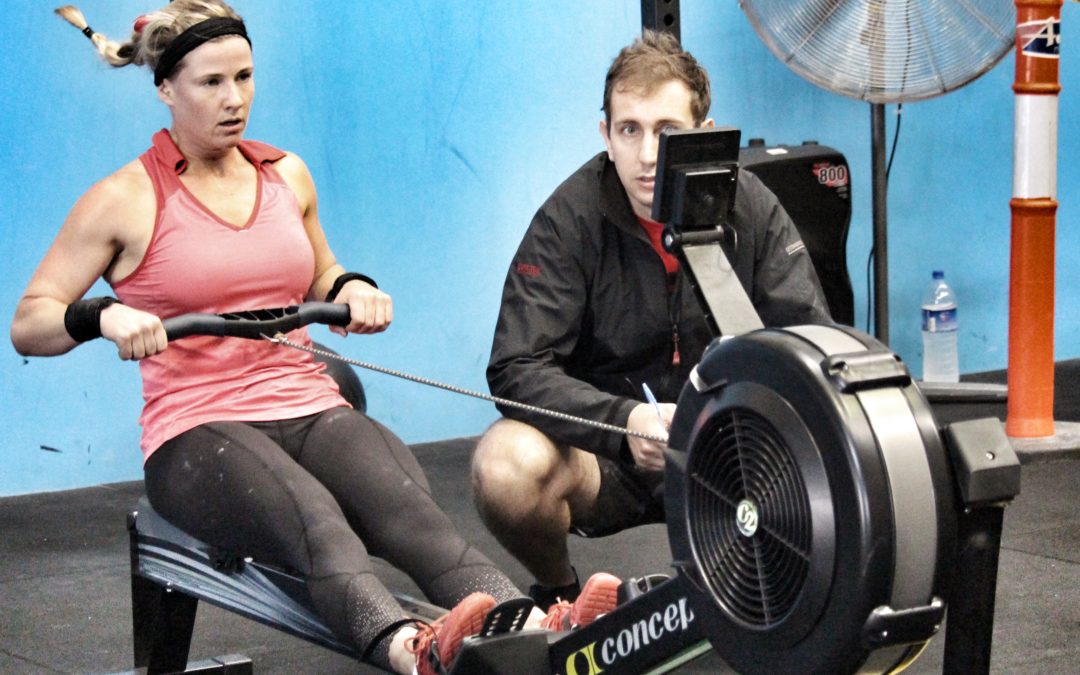– By Coach Ray
 One of my all-time biggest peeves when going to a commercial gym is going up to the Concept 2 rowers and seeing all the dampers set to 10. Not because I’m some sort of rowing expert or fitness snob, but because using this as a default won’t allow people to get the most out of an excellent piece of equipment. The damper setting is often mistaken for a resistance lever, and consequently, users think that setting it at 10 will increase the intensity of their workout.
One of my all-time biggest peeves when going to a commercial gym is going up to the Concept 2 rowers and seeing all the dampers set to 10. Not because I’m some sort of rowing expert or fitness snob, but because using this as a default won’t allow people to get the most out of an excellent piece of equipment. The damper setting is often mistaken for a resistance lever, and consequently, users think that setting it at 10 will increase the intensity of their workout.
The Concept 2 machine is a flywheel-based machine, meaning the harder you pull the more resistance you’ll get. So is an air bike; the harder you pedal, the more resistance you feel. Unlike the air bike though, with a Concept 2, you can manipulate the damper setting to better suit what sort of athlete you are.
Here’s how the damper setting works:
When you crank the damper to 10, you are allowing maximum air into the flywheel which then provides maximal air resistance and will, therefore, move at a slower rate and feel much heavier. The opposite will occur for a damper setting of 1 as it allows less air in the flywheel allowing it to spin freely against less air resistance.
Now here’s where things get interesting, and this is one of the best explanations I’ve heard about damper settings:
If we compare two track athletes… a sprinter and a long distance runner, or a fast-twitch athlete (sprinter), and a slow-twitch athlete (distance runner), it’s actually the fast twitch athlete that is going to want to set their damper on the lower end. This is contrary to common beliefs in the CrossFit community, however, it allows them to keep the flywheel spinning at a very high rate, with the least amount of resistance. If the flywheel is spinning at a much higher rate, we need to be fast to catch up to the speed of the flywheel. This is important because if we can’t put a lot of power into our stroke, we would want the least amount of resistance to mitigate fatigue, rather than crossing our anaerobic threshold.
Now, for someone who is inexperienced on the rower, or lacks technique, it is best for them to row at a higher damper setting. It forces them to slow down while learning proper technique. Then once the technique is sound, we can think about lowering that damper. This all takes some playing around with for athletes, and there is no real general prescription for everyone. One very basic suggestion would be for everyone who has solid rowing technique to try a 5, play around with the drag factor setting on the Concept 2 and find your optimal setting.
So next time you rock up to class, and there’s rowing don’t just go cranking the damper to 10. Use this guideline to set you up for more success according to whatever distance, pace, and type of athlete you most align with.
